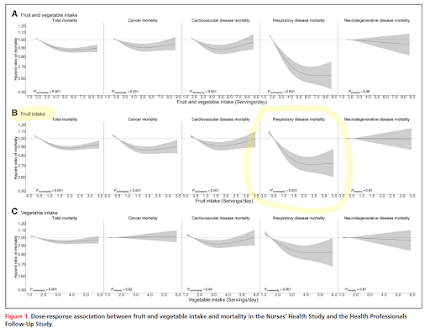sleep, dementia, cardiovascular disease - brief notes
Journal articles: Association of sleep duration in middle and old age with incidence of dementia (2021) https://www.nature.com/articles/s41467-021-22354-2 - an epidemiological study followed people for 25 years and found those who reported sleeping 6 hours or less per night had 30% higher risk of dementia relative to those who reported sleeping at least 7 hours, on average Sleep arousal burden is associated with long-term all-cause and cardiovascular mortality in 8001 community-dwelling older men and women (2021) https://academic.oup.com/eurheartj/advance-article/doi/10.1093/eurheartj/ehab151/6239256 - a polysomnography study found higher all-cause and cardiovascular disease associated with higher arousal burden (a measure of unconscious wakefulness) for women, associations were less strong for men; potential for arousal burden as a biomarker & modifiable risk factor News articles: Sleeping Too Little in Middle Age May Increase Dementia Risk, Study Finds (2021) https://www.nytime...
